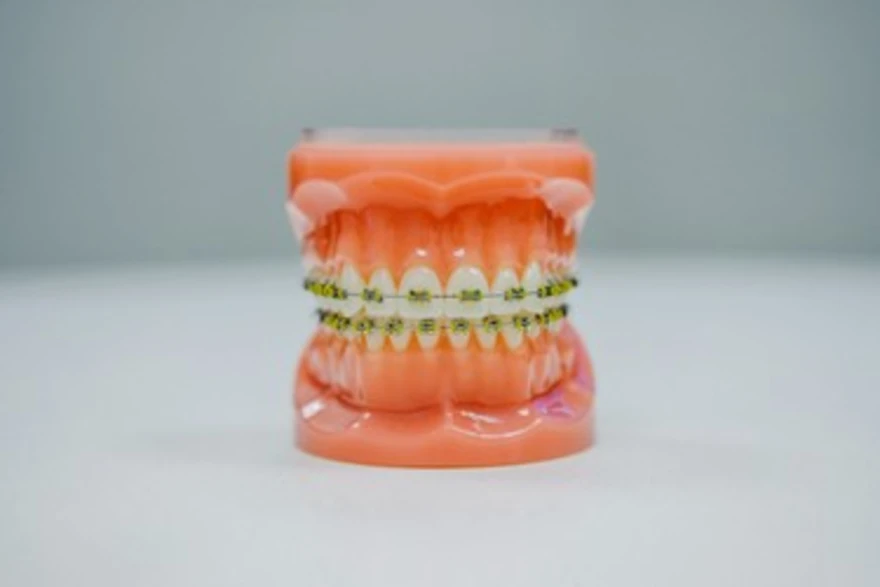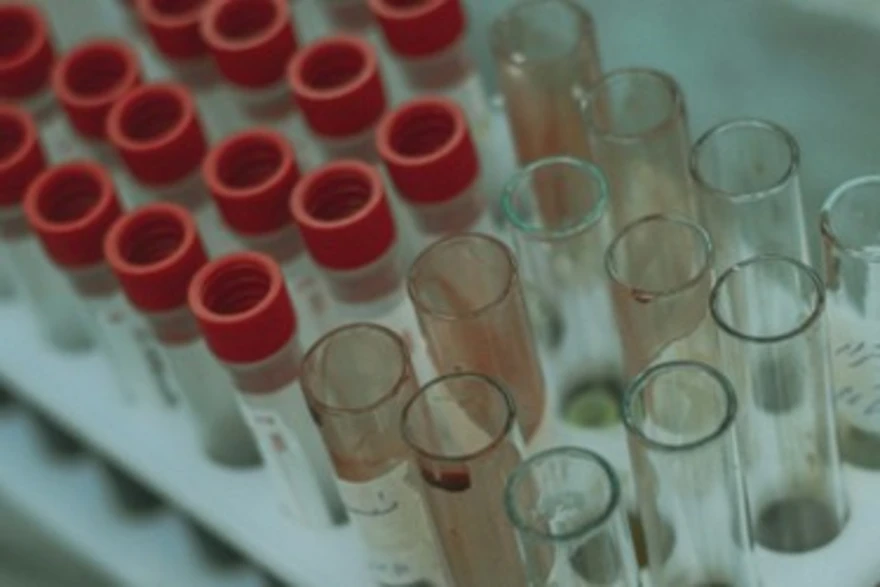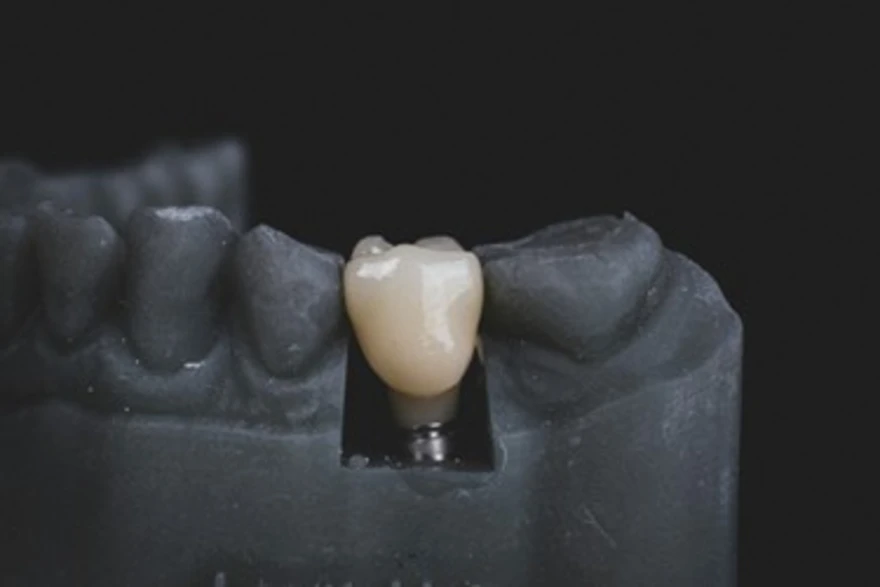Preventive Healthcare
Bone Fractures: Types, Symptoms & Treatment

Table of Contents
Introduction
A bone fracture is a common injury that can affect individuals of any age. However, if you are over the age of 50 and have a history of osteoporosis in your family, you should be extra careful. You should get bone density screenings done based on the advice of your healthcare providers. Here is more insight into the different types of bone fractures and how they can be treated.
What is a bone fracture?
'Fracture' is a medical term for a broken bone resulting from trauma like accidents or sports injuries. Certain medical conditions and repetitive force can increase the risk of different types of fractures.
If the bone breaks, you will have to get surgery to repair it. In case of a minor fracture, you may need to keep the injured site in a splint, brace, sling, or cast to let the bone heal. The time required for the bone to recover completely will depend on the bone that is fractured, where the fracture is, as well as the cause of the fracture.
Knowing the different terms used will help you better understand this condition.
Bone fracture vs break
A bone fracture and a broken bone is the same injury and can be used interchangeably.
Bone fracture vs bone bruise
A bone fracture and a bone bruise are painful injuries caused by solid forces like a vehicular accident, fall, or sports injury. However, the difference lies in how much damage is caused.
Your bone is a living tissue that gets bruised easily like your skin, although it takes much more force to bruise the bone. If something hits your bones with a lot of force, it can bleed without being broken; the blood trapped beneath the surface after an injury is called a bone bruise.
A bone fracture is a clear break in the bone in at least one place. Fractures are much more severe and take longer to heal than bone bruises.
Bone fractures vs sprains
A sprain is a common sports injury. Unlike a fracture, a sprain does not happen to the bone. It usually occurs when a ligament connecting your bones gets stretched or torn. You can have a fracture and a sprain during the same injury, especially if the injured site is a joint like an elbow or knee.
Types of bone fractures
When diagnosing your fracture, the doctor will look at three main factors to identify the type of fracture. These include the following:
Fractures diagnosed by the pattern or shape
This type of fracture is classified based on the direction in which the fracture occurs; for example, a straight line across the bone. It is also classified according to the shape of the fracture, e.g., a single line break.
Fractures diagnosed by cause
Stress fractures, Avulsion fractures, and buckle fractures are all examples of this kind of fracture.
Fracture by location
This type of fracture is specific to the area in the body where the fracture occurs. Sometimes, a location fracture can also fall under one of the above-mentioned categories. Elbow fractures, facial fractures, rib fractures, shoulder fractures, and compression fractures are common examples of location-based fractures.
Open vs closed fractures
In the case of an open fracture, your bone breaks through your skin. this type of fracture is also called a compound fracture. It takes longer to heal and has a high risk of developing infections and other complications. A closed fracture is a severe injury, but the bone does not cut through the skin.
Displaced and nondisplaced fractures
A displaced fracture is one in which your bone has moved enough to cause a gap at the site of the break. On the other hand, a nondisplaced fracture is still a broken bone, but the pieces haven't moved too much and lost their alignment.
Symptoms of bone fractures
- Swelling
- Pain
- Inability to move the part of your body you usually can
- Tenderness
- Discolouration or bruising
- A bump or deformity that was not otherwise present
Causes of bone fractures
Trauma can cause bones to fracture. Here are some common examples of such situations:
- Falls
- Car or bike accidents
- Sports injuries
Stress fractures, also known as hairline fractures, are usually caused due to repetitive forces like repeating the same motion or movement constantly over some time. This can lead to overuse syndrome in your arms or legs.
Treatment for bone fractures
The treatment you must undergo for the bone fracture depends on the fracture type and the damage's cause. Here are a few common treatments for fractures:
Immobilisation
If you have a mild fracture or if the bone has not moved away from its place, you will only need a cast or a splint to help the bone heal. Splints are used for minor features. The bone usually takes three to four weeks to heal. On the other hand, if your injury is severe enough to require a cast, the area will have to remain immobilised for around six to eight weeks.
Closed reduction
For a more severe fracture, your bones must be set or realigned in a closed reduction process. It can be non-surgical or surgical.
Surgery
Depending on the type and location of the fracture, you may need surgery to fix it. These surgeries can be carried out using a few different techniques:
- Internal fixation
- External fixation
- Arthroplasty
- Bone grafting
Certain medications may also be prescribed to reduce the pain associated with bone fractures. However, you must consult your doctor before taking over-the-counter painkillers.
Book a Bone Test
Conclusion
Although bone fractures are a common occurrence, it is a terrifying experience for anyone who has to experience it. Talking to your healthcare provider about what to expect during the treatment or surgery for the fracture will help make this experience a little easier. Regular health checkups are essential to ensure you catch any underlying condition at an early stage. Metropolis Labs provides expert services in at-home testing and healthcare packages that benefit individuals of all ages.


























